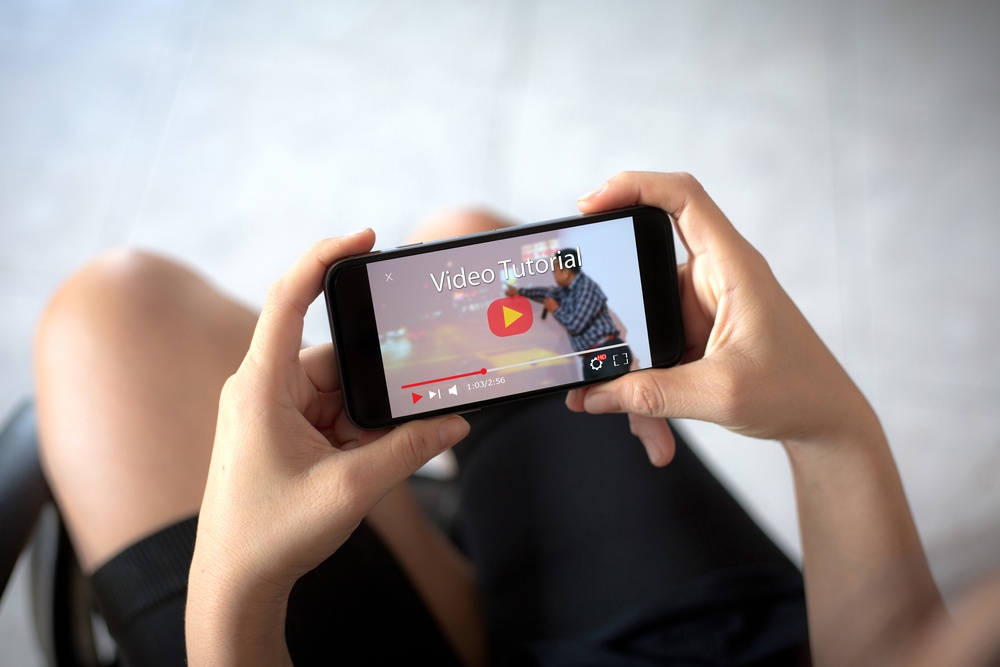
To learn more about Microlearning, watch Matt Blackstock recorded webinar here.
Too often developers are told a learning program is needed, get dumped with a whole heap of resources and hopefully they get a Subject Matter Expert to help and away they go.
This process is missing some fundamental requirements – some developers might ‘fluke it’ and create a learning program that does a good job. Others create a ‘click next, click next, do a quiz’ and the program gets lost into the annals of time.
This is not good enough for Microlearning (and certainly not good enough for normal L&D either).
In our other post we learnt what microlearning is and what it is not. For microlearning to be successful, it’s going to need a few more things.
- All learning programs need a measurable goal otherwise you’re just crossing your fingers and hoping for the best. What’s the goal of the program and how are you going to know if it has been a success?
- What do they actually have to do to achieve the goal? Is it a behaviour, action or process. If you’re not sure ask yourself “What does this physically look like? If someone is doing this behaviour, action or process, what would you see?” The answer to that question is what is going to assist you in identifying your key takeaway ie what the microlearning is going to be about.
- Determine the practical activity the learner can do to practice the key takeaway. This is what they can practice or apply during/after the microlearning.
- What’s the mode of delivery going to be? eg screencast, module, job aid
- Give them the option to ‘pull’ additional information if they would like to, but don’t make it compulsory to complete the microlearning.
- Make it easily available via desk/phone/tablet/other.
Examples when to use microlearning
- Time savers, handy hints or guides
- Best Practice – People sharing what they have done in a particular situation – experiences that demonstrate a particular learning point.
- Just in time – Information about changes that learners need to know ASAP.
- Troubleshooting – Common issues and problems or FAQ’s.
- Post sales service – e.g. flow charts to identify problems and provide solutions.
- Compliance – Common issues and/or quick wins (Examples of compliant interactions)
- Company updates – Change of Executive, statistics regarding how company is going with sales, service, new product uptakes, success stories etc.
- Performance support – Processes, remedial training, ‘How to…’ guides etc.
Which Articulate 360 apps to use for microlearning
All Articulate 360 apps are ideal for developing microlearning. The tools won’t do the job for you, you still need to define, develop and deploy an instructionally sound learning interaction, but they can certainly help when you are deciding on the mode of your project. For example:
- Articulate Peek – Performance support, How to…, troubleshooting etc.
- Articulate Replay – Product focus, ‘guide on the side’, best practice, podcast
- Articulate Rise – Flow charts, reference guides, interactive tours, simple scenarios, quizzes, curated videos/best of…, document repository.
- Articulate Storyline – Branching scenarios, mini modules, quizzes, games, infographics.
Here is a great post from eLearning Heroes that may help with some more ideas 10 Things You Could Create Instead of an E-Learning Course.
Need help building your microlearning? Contact us to discuss how we can help.
